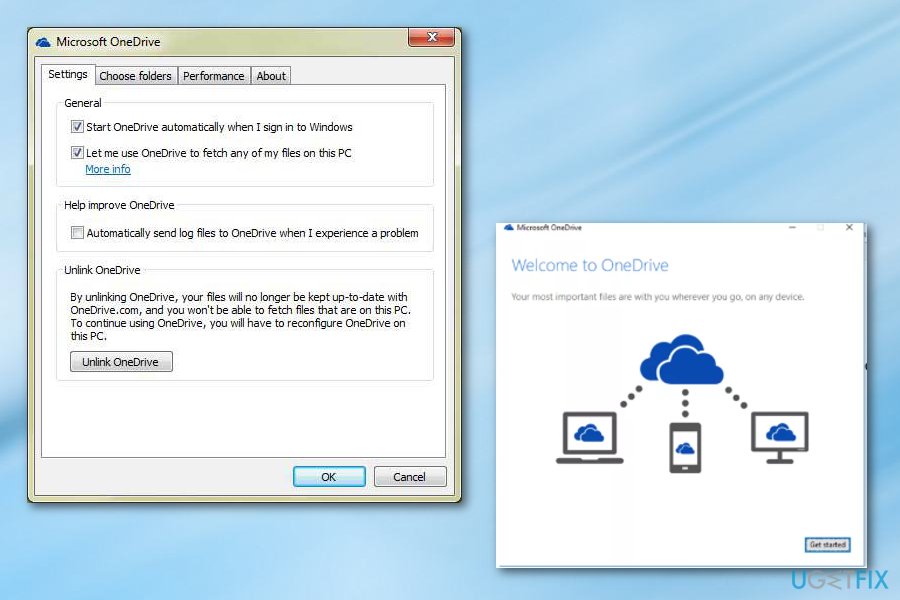

Quick note: On devices with multiple OneDrive accounts, the folders may be named differently. To upload documents and other files to OneDrive on Windows 10, use these steps: OneDrive connects seamlessly with File Explorer to make the process of uploading files super easy. Also, if the setup process does not appear, right-click the cloud icon from the notification area and select the Sign in button.Īfter you complete the steps, OneDrive will be ready to start uploading files. You can download the OneDrive client offline installer from Microsoft (opens in new tab) and double-click the file to install it. Quick tip: If you do not find OneDrive on the Start menu, the client is probably not installed.


Files On-Demand is also another cool feature that allows you to access all your files without downloading them, saving a lot of local storage. When setting up the service with a Microsoft account on your computer, you can also sync and roam your system preferences and many settings (including BitLocker recovery keys) across your devices. If you use a Windows 10 device, you get even more features. Also, OneDrive makes it easy to share content with other people and collaborate in real-time using the Microsoft 365 integration. For example, since it works across devices and platforms, you can create a file on one device and pick up where you left off on another (desktop computer, laptop, tablet, or phone) without having to transfer anything to a USB flash drive or email it to yourself, which not only creates extra steps but also creates unnecessary copies. The service works like a traditional external drive, but with the difference that it is available through the internet and offers additional features.


 0 kommentar(er)
0 kommentar(er)
